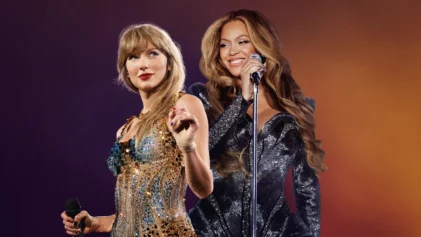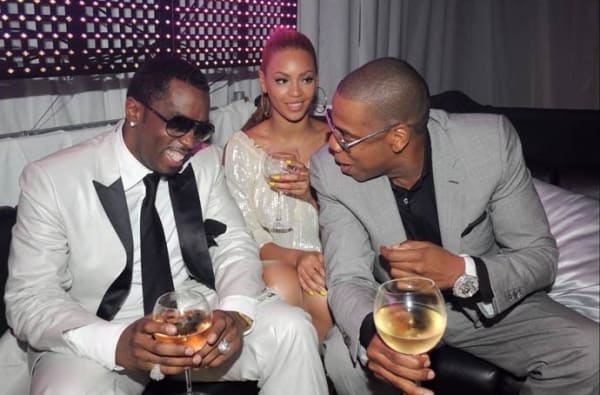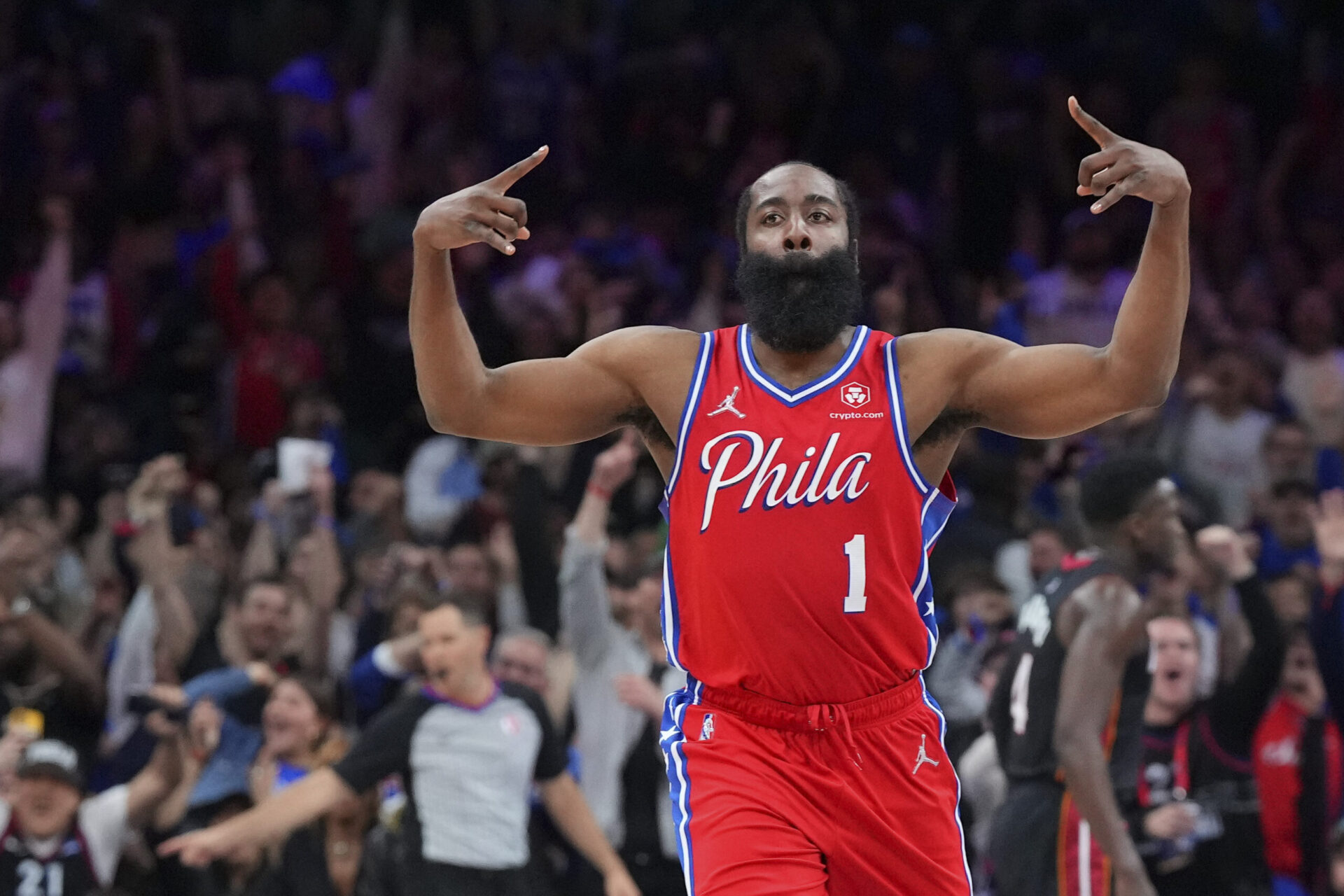There‘s always been reason to pause when large, commercial, Fortune 500-type corporations make a decision to incorporate black art and black artists to help move units of their product or authenticate their brand to an untapped, un-targeted urban audience. (Excuse me, I meant, consumer base.)
They want to skew cool, but at the same time they realize that none of their shareholders look like the people in their marketing strategy or the people they are specifically and uniquely marketing to. So that whole “being cool” thing never lasts long.
It’s back to the drawing board, back to the suite life.
Somehow Pepsi over the years has been able to overcome that clichéd, stereotypical obstacle by using music as their key. The canvas that PepsiCo has used through their signature brand as their drawing board – where they’ve decided to incorporate black art and black artists – has been a, if not the, primo (not prime) example of how to respectfully build a relationship with an urban audience without playing themselves.
The groundbreaking, historic deal with Michael Jackson in 1984 doesn’t count. That’s a whole ‘nother story unto itself as both the best and worst thing that has publicly ever happened to Pepsi. The true beginning of Pepsi’s relationship with urban culture and the black community by using black music and black music artists, came when they simply let Ray Charles be Ray Charles in a series of ads.
“You Got The Right One, Baby. Uh, huh” was more than just a catch phrase. It transcended genius advertising and helped create “pop” culture (it actually stemmed from the popularity of the California Raisins, whose advisory board three years before the Pepsi ad created a campaign with animated raisins singing “I Heard It Through The Grapevine” with an animated Charles) and it pushed PepsiCo, with the help of ad agency BBDO, into the real-realization that a co-existence between licensed products and black music superstars, when done correctly, is a match made in celebrity endorsement heaven.
For years Pepsi has been at the forefront. Long before Sprite brilliantly tapped into co-branding their soft drink with hip hop culture in their “Obey Your Thirst” campaign – which included spots from Kurtis Blow, Heavy D, Pete Rock and CL, Grand Puba and Brand Nu, Tribe, KRS, MC Shan and Kid Capri, Nas and AZ – Pepsi tapped into black music culture and built a relationship that has lasted for almost three decades.
From Mary J. Blige and Mariah Carey (Cool Tunes, ringtone campaign), to using the Black Eye Peas’ “One Tribe” for the Pepsi Refresh Project, to using Beverly Bond and Black Girls Rock for their “We Inspire” campaign, to using the brand for Wiz Khalifa’s “Black and Yellow” remix to the Pepsi’s “R&B Anthem” CDs, to their “Best New Artist” Pandora Mixtape, Pepsi has gone deeper into the cultural divide than most other American-based companies that claim they don’t want to alienate themselves or their brand from black/African-America consumers.
They caught right-wing flack from Bill O’Reilly for partnering up with Ludacris and secured their cred in the ‘hood forever when they didn’t drop Kanye as a client after his “George Bush doesn’t care about black people” comment. (They even went so far as to get Spike Lee to shoot the Kanye/Pepsi commercial.)
Last year, it was Nicki Minaj as a spokesperson and now Miss Millennium Beyoncé – who will officially begin her public relationship with the brand during the sponsored Super Bowl XLVII halftime show – will be the face of the brand.
Beyonce’s the most prominent black artist the company has been with since the King of “Pop.” Get it?
Fashion. Art. Music. Awareness. Those are the cornerstones of what usually makes for creditable advertising and marketing campaigns. Pepsi has done what many other companies haven’t been able to pull off in trying to “tap into” the real "black" market.
Now if only they could find a way to sign Wu-Tang to a deal…



